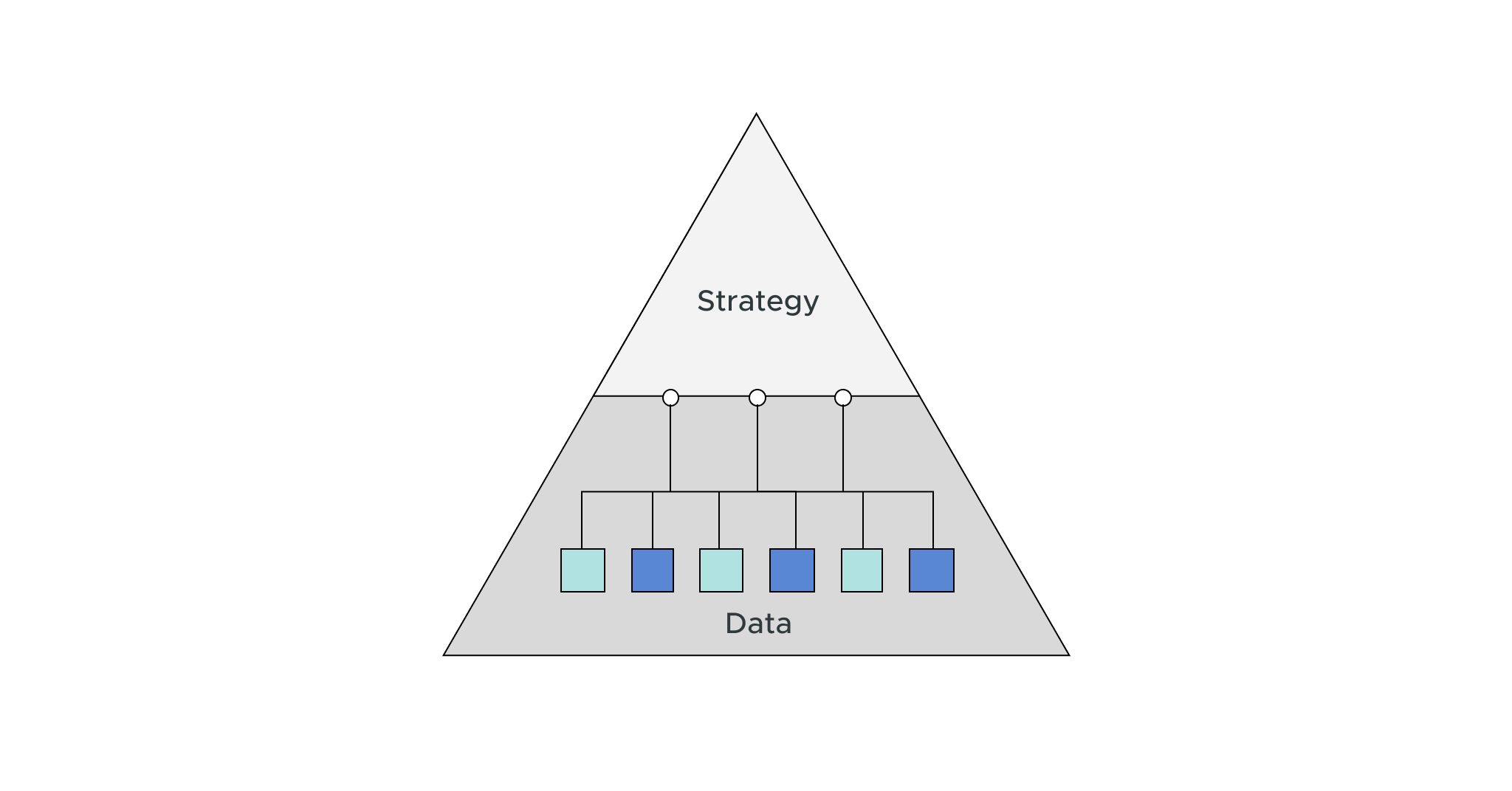March 5, 2019
What’s the best BI tool for Hadoop?
This post is the first in a three-part series by Jordan Morrow. Jordan is known as the “Godfather of Data Literacy”, having helped pioneer the field by building one of the world’s first data literacy programs and driving thought leadership. He is also the founder and CEO of Bodhi Data. Jordan is a global trailblazer in the world of data literacy and enjoys his time traveling the world speaking and/or helping companies. He served as the Chair of the Advisory Board for The Data Literacy Project, has spoken at numerous conferences around the world, and is an active voice in the data and analytics community. He has also helped companies and organizations around the world, including the United Nations, build and understand data literacy.
When not found within his work of Data, Jordan is married with 5 kids. Jordan loves fitness and the mountains, entering and racing in multiple ultra-marathons, and loves to travel with his wife and family. Jordan loves to read, often reading (or using Audible) to go through multiple books at a time. Jordan is the author of three books: Be Data Literate, Be Data Driven, and Be Data Analytical.
***
In an era dominated by buzzwords such as “big data”, “AI”, and “machine learning”, it’s easy to desire to jump on the bandwagon of using data to drive business decisions. But being truly data-driven is more than just buying a technology and forcing it upon the organization. In fact, that may be the last thing you want to do. It requires a strong, holistic organization data strategy and organizational readiness. Organizations need to have a maturity and commitment to driving data and analytics correctly.
What Does It Mean to Be Truly Data-Driven?
At its core, being data-driven means that an organization uses data to help the business strategy succeed. It means that data is placed at the center of decision-making, driving the actions, strategies, and future plans of the business. It means that you are combining the human element and the data element, together. In today’s world, being data-driven and having the foundation is necessary to capitalize on the technology at our fingerprints, like AI.
Why Organizational Readiness Matters
For many businesses, unfortunately, the journey to be data driven has started with the purchase of software or technology. That doesn’t guarantee success. Organizations can get caught up in the hype that too often exists within data and analytics. The journey to becoming data-driven should start with the business strategy and then follow to allow data to support that strategy. However, without a proper foundation and strategy, these aspirations can quickly fall flat. Organizations need readiness and maturity. Here are parts of that foundation:
- Culture: Before an organization can truly benefit from data and analytics, it needs to foster a culture that values data-driven decision-making and is empowered through data literacy. Employees at all levels must understand the value of data and be encouraged to use it.
- Infrastructure: Being data-driven isn’t just about having data—it’s about having the right tools to analyze and interpret it. This includes everything from data warehousing solutions to analytics platforms.
- Talent: It’s essential to have the right people in place who can analyze data and draw meaningful conclusions from it. This includes data scientists, analysts, and business professionals who understand the importance of data. Having a strong data literacy program can help empower the workforce with the right talent to succeed.
Measuring Data and Analytics Maturity
The road to becoming data-driven is not linear, and organizations might find themselves at various stages of maturity. In fact, organizations may find that at times, they need to step back and do things differently. Assessing where your organization stands is a necessary step to being data driven and can help drive learnings on how to improve. Consider these stages:
- Initial: Data is used sporadically and without a clear strategy. There’s an awareness of its importance, but no structured approach. This may be a stage where you see silos of data.
- Managed: Data use is more frequent, and there’s an attempt to centralize and manage it, but often processes remain manual and insights aren’t widespread. Here is a stage where you may think about a data literacy program to run in parallel to your data strategy.
- Defined: Here, data strategies are more formalized. Tools and platforms are implemented for regular data analysis, and there’s a growing trust in data-driven insights. Here in the defined stage, you are working hard to democratize the data and ensure adoption is happening.
- Informed: Analytics drives most decisions, and there are processes in place to ensure data quality and accessibility. Data-driven insights are integral to the organization’s operations. THe combination of the data and human element is happening. Here, you may be exploring better tools to help with your data-driven decisions.
- Data-Driven: The organization continuously innovates its data and analytics processes. There’s a full integration of data in all business aspects, and the organization remains agile, adapting to new data sources and technologies.
In a world that’s increasingly driven by data, organizations cannot afford to be left behind. With the growth of generative AI, having a strong data foundation that enables data driven work and data centric AI. While the path to becoming truly data-driven can be difficult, with challenges and obstacles along the way, the payoff from informed decision-making and enhanced business outcomes is well worth the effort. With a commitment to fostering readiness and ensuring organizational maturity, businesses can position themselves for success in the data, analytics, and AI world.
You can find the next post in this three-part series here: Using the Semantic Layer to Empower Your Data-Driven Organization.
NEW BOOK